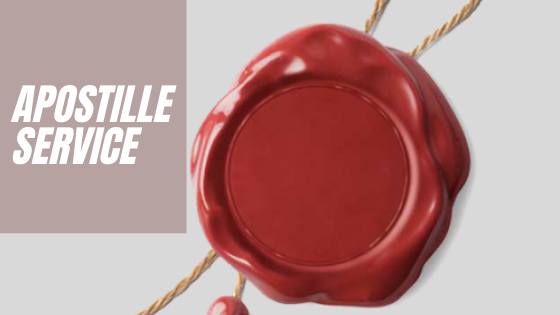
When inspiration strikes and an inventive idea forms in your mind, the possibilities seem limitless. However, transforming that spark of creativity into a tangible reality involves a series of methodical steps. Properly executing these steps increases the likelihood of your invention becoming a marketable success story. Here, we outline the essential actions to take once you have an invention idea, and how InventHelp can assist in turning your new invention idea into a marketable product.
Document Your Idea
The first crucial step is to document every aspect of your invention meticulously. This documentation not only serves as a reference but also plays a vital role in the patent application process. Include detailed descriptions, sketches, and diagrams. Consider keeping a dedicated invention journal where you can jot down:
- The purpose and functionality of your invention
- The potential market and target users
- Any modifications and improvements made over time
- Insights and brainstorms tied to the invention
A well-documented idea lays a solid foundation for the subsequent steps, providing clarity and coherence as you proceed.
Conduct a Preliminary Search
Before investing significant time and resources, it’s crucial to ensure that your invention is novel. Conduct a preliminary search to check whether similar inventions already exist. The U.S. Patent and Trademark Office (USPTO) database is a good place to start. Additionally, browse industry publications, scientific journals, and patent databases to ensure your invention is unique.
Engaging in this step helps you avoid potential legal issues and informs you about the competitive landscape. If your idea is not entirely unique, consider ways to improve or differentiate it to offer more value.
Develop a Prototype
Creating a prototype brings your invention to life, offering a tangible representation of your idea. Your prototype doesn’t have to be perfect. It can be a simple model that demonstrates the functionality of the invention. The prototype serves several purposes:
- Allows you to identify and fix any design flaws
- Provides a basis for further improvements
- Acts as a visual aid when presenting your invention to potential investors or companies

Protect Your Idea
Protecting your invention through a patent is critical to safeguard your intellectual property. A patent prevents others from making, using, or selling your invention without permission. Here’s how to proceed:
- Choose the Right Patent: There are different types of patents, such as utility patents, design patents, and provisional patents. Determine which type best suits your invention.
- File a Provisional Patent Application (PPA): A PPA provides a 12-month period to further develop your invention before filing a formal patent application.
- File a Non-Provisional Patent Application: This is the formal application that begins the examination process by the patent office.
Seek Professional Help
Navigating the complexities of patents and commercialization requires expertise. This is where InventHelp comes in. InventHelp offers comprehensive services to support inventors at every stage:
- Patent Services: InventHelp can assist in preparing and filing patent applications, ensuring that your invention is adequately protected.
- Prototype Development: Collaborating with professionals at InventHelp can help you refine your prototype, making it more presentable and functional.
- Market Research: InventHelp conducts thorough market research to identify potential opportunities and challenges related to your invention.
- Pitch Strategy: Developing a compelling pitch is crucial for attracting investors or licensing partners. InventHelp guides you in crafting a foolproof strategy, highlighting your invention’s unique value proposition.
As you explore these steps, you might ask yourself, “Should I Use InventHelp To Get Started With My Invention Idea?” Given their extensive experience and comprehensive services, InventHelp can be a valuable partner throughout your invention journey.
Pitch Your Invention
Once your invention is protected, it’s time to present it to potential investors or companies. Your pitch should be concise, engaging, and informative. Highlight the problem your invention solves, its unique features, and its potential market impact. Visual aids, such as prototypes or demonstrative videos, can significantly enhance your pitch.
InventHelp’s Role in Pitching
InventHelp plays a pivotal role in this phase by leveraging its extensive network of industry contacts. They assist in arranging meetings, presentations, and negotiations with interested parties. Their expertise in the field ensures that your invention is showcased effectively, increasing the likelihood of securing funding or licensing agreements.
Conclusion
Taking a methodical approach once you have an invention idea significantly increases your chances of success. Document your idea thoroughly, ensure its novelty, develop a prototype, protect it through a patent, and seek professional assistance for market research and pitching. InventHelp stands as a valuable partner throughout this journey, providing the necessary support, resources, and expertise to bring your invention to fruition. With the right steps and guidance, your inventive idea can evolve into a groundbreaking product that makes a lasting impact in the market.


